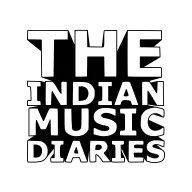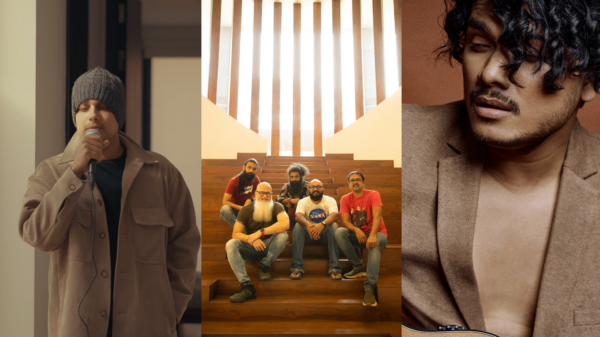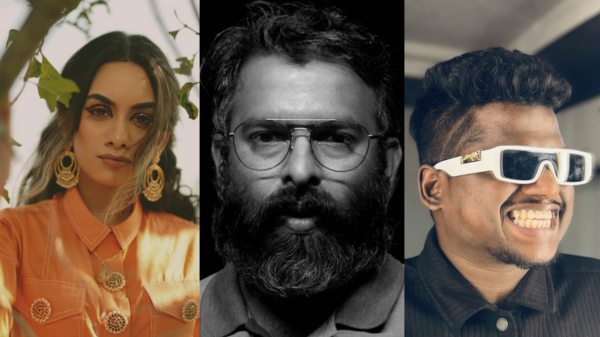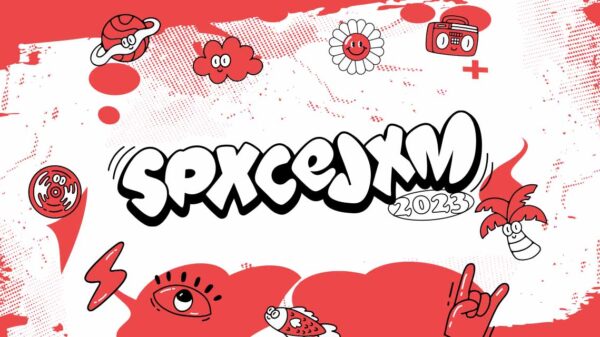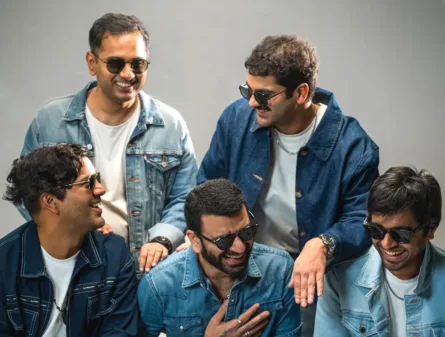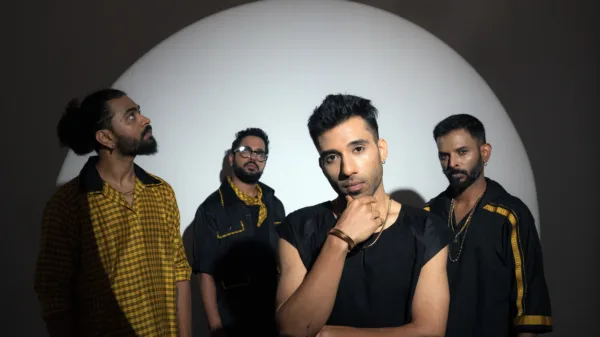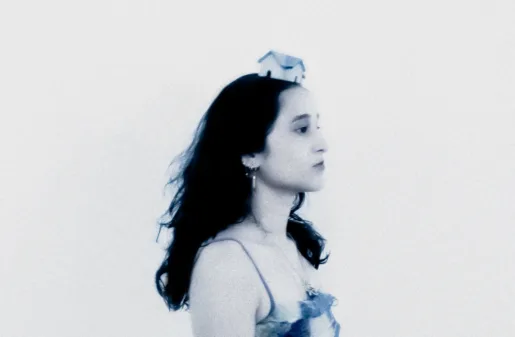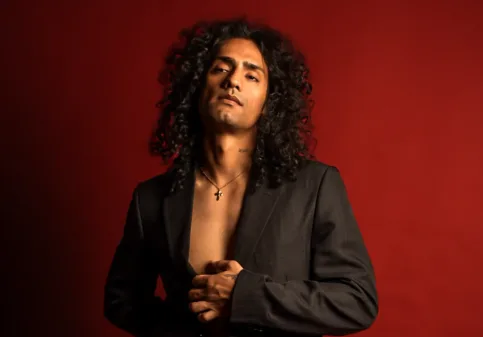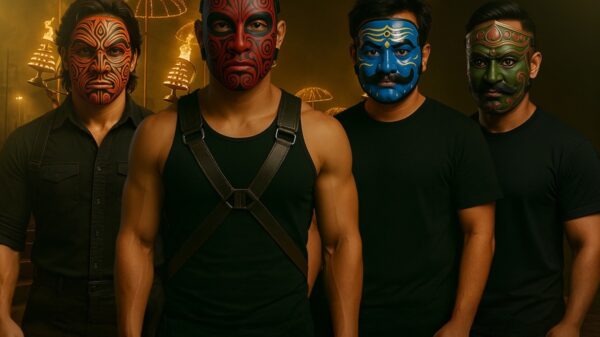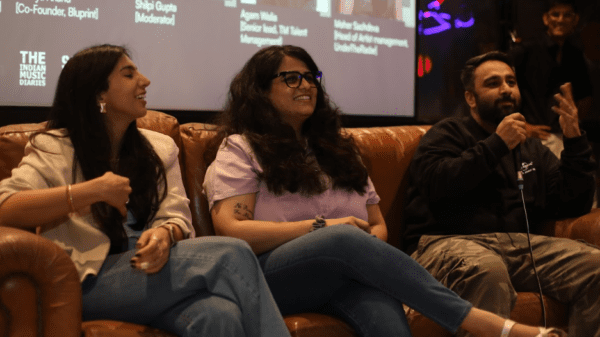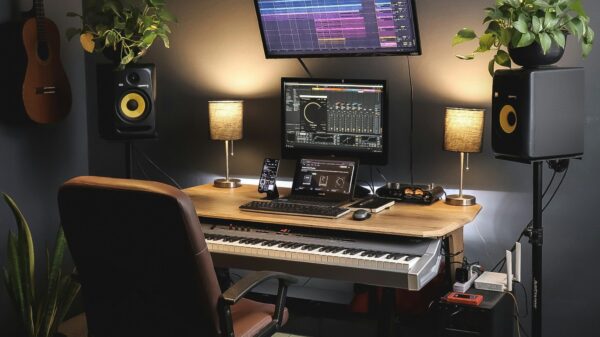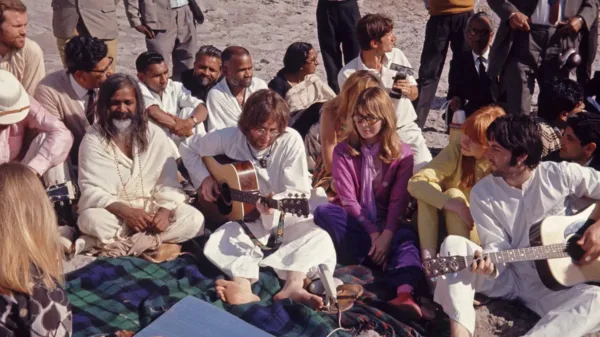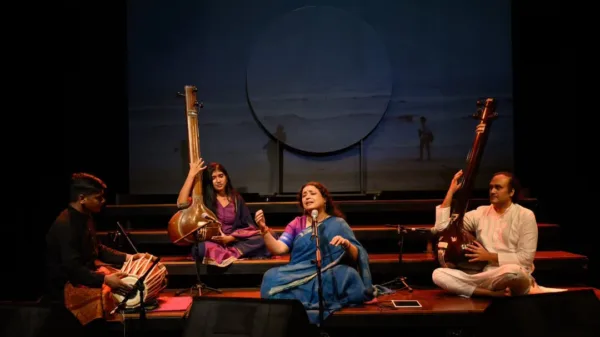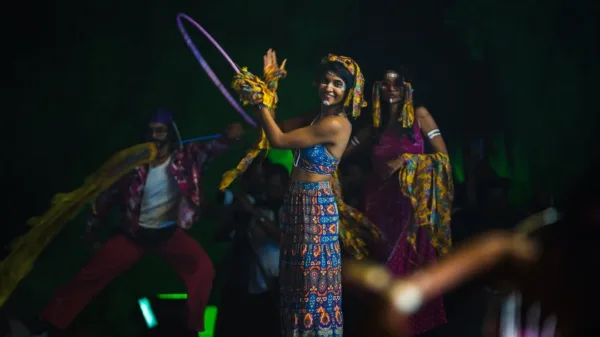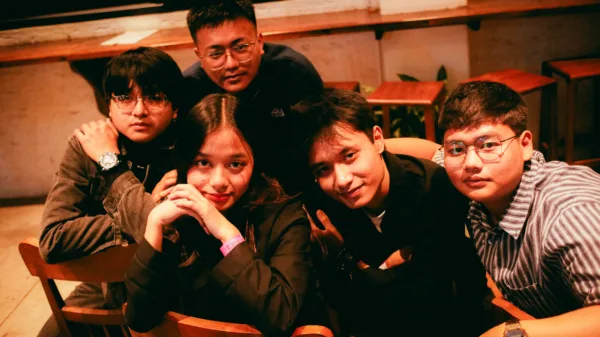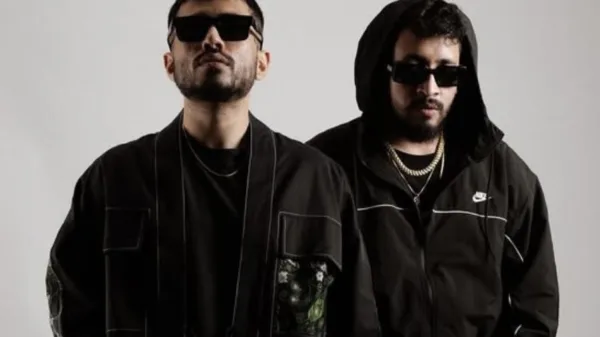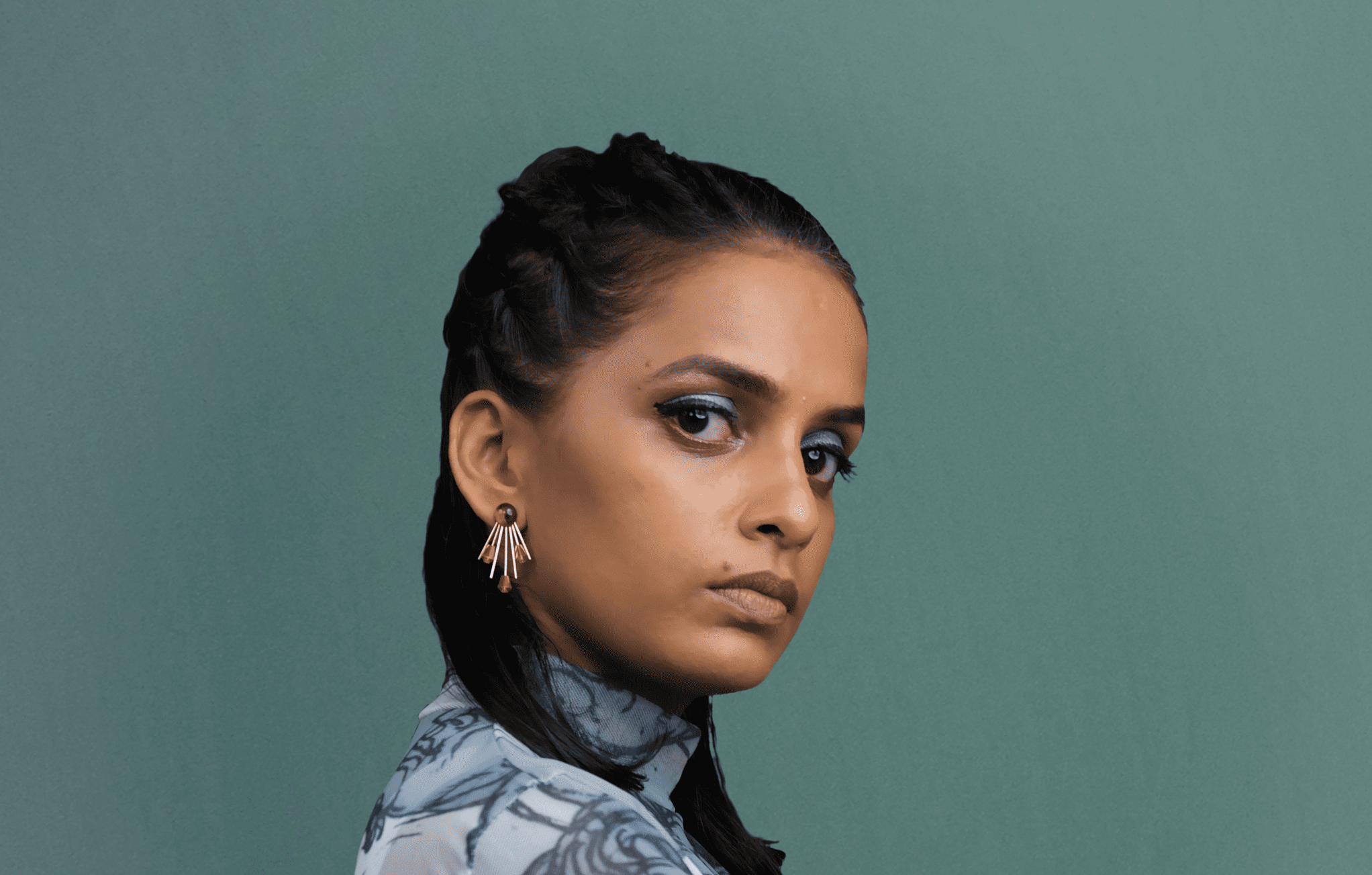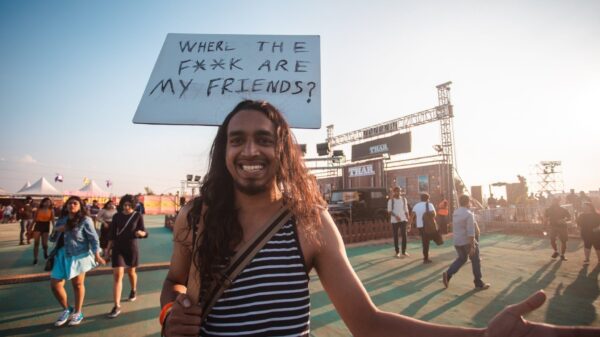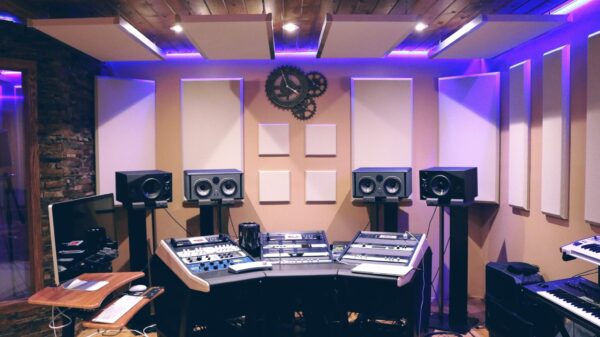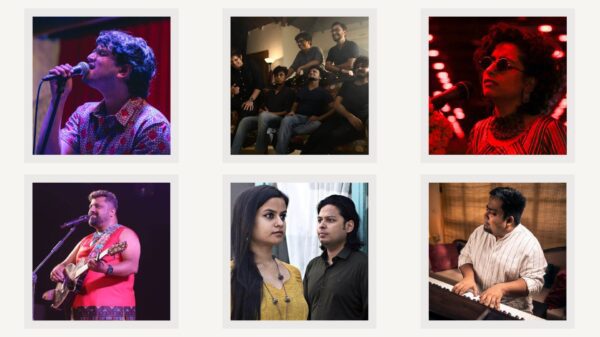One of the most interesting electronic projects to emerge from Kochi lately, LAMI’s creations are experimental, genre-less, and basically one-of-a-kind. With a deep knowledge of Indian classical music, the artist likes to mix live acoustic instruments, vocals, samples, noises, ambiances and sounds from her surroundings in her tracks. LAMI first gained attention as a performer with her unique live looping sessions with violin and later with her live energetic electronic sets. In a conversation with us, she talks about her journey so far.
1. Tell us a bit about your project. How did you begin your journey as a live electronic musician?
As a violinist trained in Carnatic Music from a young age, music has always been a part of my upbringing. I completed my Masters and M.Phil. in Comparative Literature from the University of Hyderabad. During this time, I began playing with some Hyderabadi bands and composing original music. I was involved with a folk-fusion band called Pahiya in Hyderabad for approximately 1-2 years. During this period, I learned Ableton Live and understood the potential of live electronic music combined with my classical violin skills. Gradually, I developed a live setup that would translate my musical ideas to an audience. After completing my studies at Hyderabad, I also undertook an Audio Engineering course to learn the technical aspects of production.
2. Which bands/ artists were your first love and who is your biggest influence?
During my childhood, I listened to a wide range of Carnatic and Hindustani musicians, including M.S. Gopalakrishnan, Hariprasad Chaurasia, and Pandit Ravi Shankar. Their methods have influenced my violin playing. When it comes to electronic music, I’m inspired by the live performances of artists like Kimbra, Ibeyi, and Ben Böhmer, as well as the tracks of Red Axes, Moscowman, Dengue Dengue Dengue, DJ Koze, Chinese Man, and others. Other significant influences include Ali Farka Toure, Tinariwen, and Tajdar Junaid.
3. What inspired you to start making electronic music with classical/violin elements?
I started out by looping my violin. As kids we would play songs on the violin, strumming the strings like guitar. This habit of mine developed into a different style of playing violin itself. I made songs with just my violin and a looper. Then I got into electronic music and Ableton made it easy to perform live. It’s like having a whole world to play with on stage. Though live shows make me anxious with all the tech, it’s a really exciting genre.
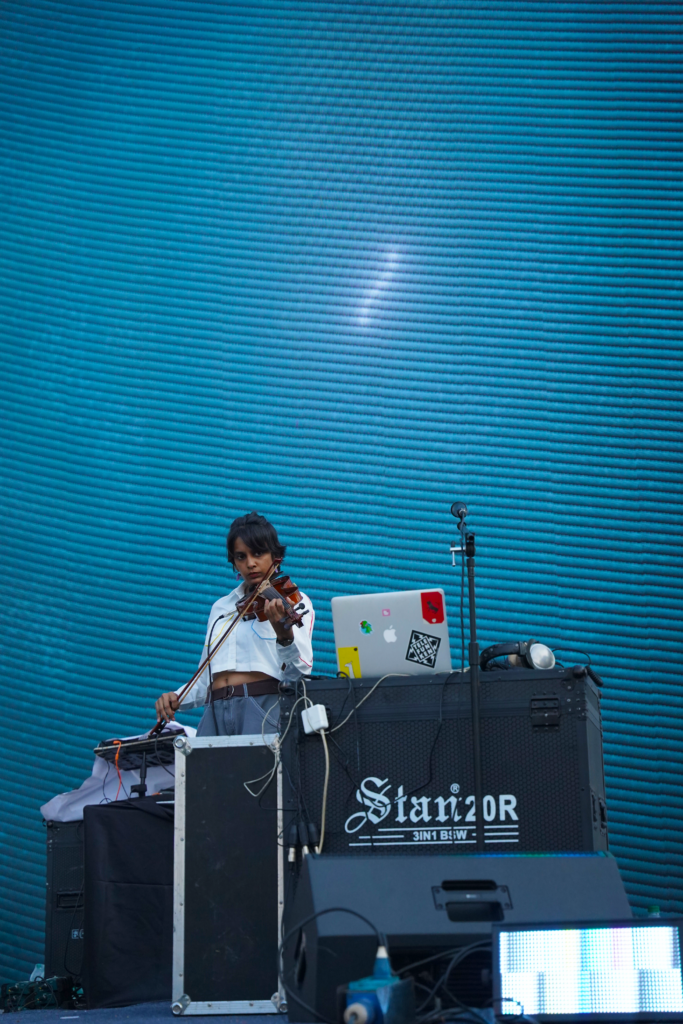
4. Tell us a bit about your latest release ‘Smooth.’
During my audio engineering days in Chennai, I used to make beats daily. One day, I produced a beat that perfectly matched Aishan’s voice, so I immediately sent it to him. We had previously collaborated as part of Pahiya in Hyderabad. He taught me a lot about the technical aspects of music when I was just starting out and inspired me to dive into the independent music scene. I even played the violin on a track in his album “The Eternal Song and Dance of the Nomad Heart,” produced by Yung.Raj. I was familiar with his work process from our past collaborations, which made it easier to work together on this new track. He was equally excited about the beat. I’ve always admired his lyricism, and “Smooth” is a perfect example of that. We created this track almost two years ago, and now it’s finally out for everyone to hear.
5. What is your music-making and recording process like?
I’m always learning and unlearning to create something fresh. I don’t want my classical background to limit me, so I keep an open mind to different genres. I usually start with sounds and melodies, then add rhythm. If a track needs vocals or violin, I write the lyrics or record the violin.
I love collaborating with other artists. It keeps me motivated as a producer and helps me get new ideas. I’ve had the opportunity to jam with musicians from various genres, and we’re working on several collaborative projects.
Visuals play a significant role in my work. We often work on audio and visual elements simultaneously, and collaborations with artists from theater, film, and animation inspire innovative approaches to music.
6. What can people expect from your live shows?
I perform my original music live, combining vocals, violin, and electronic elements triggered from a controller. Sometimes, I play hybrid sets with a mix of my tracks and other selected tracks. I also enjoy live looping sessions with my violin.
7. Why do you make music? What drives you as a musician and what are your tracks about?
I make music to connect with people. Classical music was limiting, but as I explored different genres, I realized the power of music to impact others. My tracks often reflect personal journeys, and it was amazing to see how they resonate with listeners, especially with the tracks like “Thira” and “Chirp.” While I create music for its own sake, the positive reactions are a rewarding bonus.
8. How did you get involved in creating NFTs with celebrity artists?
During the NFT boom, I got curious about the space. My friend Prajeesh AD introduced me to platforms like OpenSea and Foundation. I collaborated with artists like Texas-based artist Melvin Thambi, adding sound and music to his digital illustrations. We also sold a piece with photographer Hari Menon and another with illustrator Prasad Bhat.
I also worked with actress Rima Kallingal, composing music for her artistic project ‘Rise’ and collaborating on her first NFT project. These collaborations were a great opportunity to work with artists around the globe and earn some money.
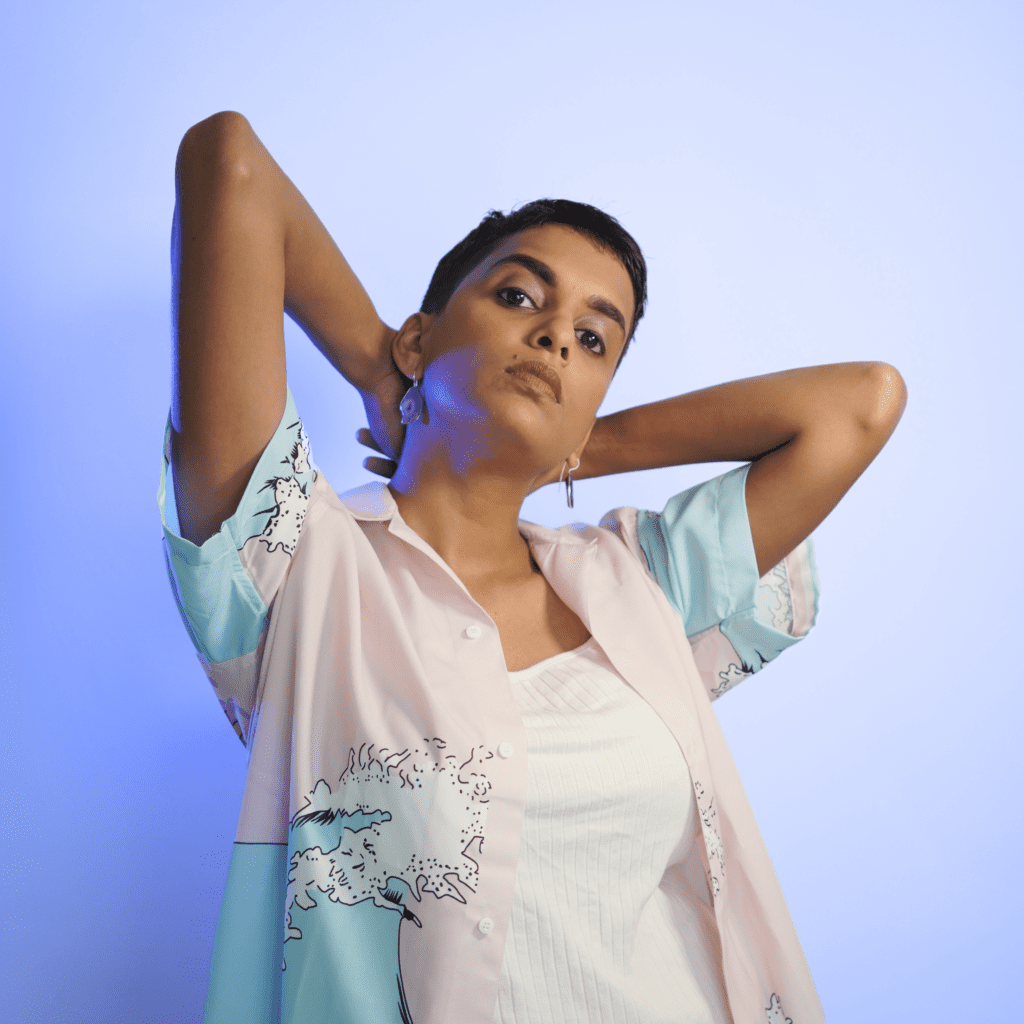
9. Which Indian bands or artists do you admire? And why?
I’m a big fan of the legendary music directors Ilayaraja and A.R. Rahman. They’ve created timeless melodies that still resonate today. Back in college, I listened to Avial a lot. They brought a fresh sound to the Malayalam music scene. I also discovered Tajdar Junaid’s album, which had a deep emotional quality that I wanted to incorporate into my own music. I also like to listen to the tracks of producers like Malfnktion. Arivu is currently my favorite Indian hip-hop artist.
10. What’s your take on the independent music scene in India?
The independent music scene in India is ever growing and I am glad to be a part of it. A lot of artists are creating without boundaries. There is a stage now if you want to express something and a chance to collaborate internationally. I feel like more female artists should be showcased internationally. But I guess the lack of representation is a problem all over the world.
